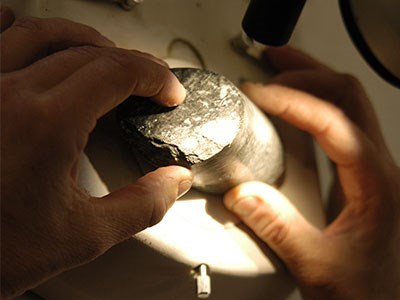Ontario is a “laggard” among Canadian provinces in the time it takes to approve mining exploration permits, said a new report by the Fraser Institute.
A survey of mining executives shows Ontario has a lot of work to do in gaining the confidence of the industry when it comes to expediting permit approvals and providing greater transparency and certainty in the overall permitting process.
Twenty-five per cent of industry respondents believed permit approval times had lengthened “considerably” in Ontario in the last 10 years, with an additional 43 per cent answering it had increased “somewhat.”
Saskatchewan continues to be an industry leader and fared well in the survey.
Respondents gave the Prairie province a high approval rating with 87 per cent indicating that they received the necessary permits within six months or less. British Columbia came in at 80 per cent, and Quebec was at 76 per cent. Ontario finished at 64 per cent.
When industry was asked how often government timelines were synchronized with their own company schedules and milestones for permit approval decisions, Saskatchewan came in at 53 per cent. Conversely, British Columbia was at 38 per cent, Quebec at 22 per cent and Ontario was at 22 per cent.
On the level of transparency in the approvals process: Ontario finished at 57 per cent with British Columbia and Quebec at 60 per cent and 71 per cent, respectively.
Saskatchewan stood at a lofty 90 per cent.
Overall, Saskatchewan had the highest level of confidence among mining executives while Ontario “performed poorly” with 29 per cent saying they had “low confidence or were not at all confident” they would be granted permits. Only Northwest Territories had a poorer ranking.
While the downturn in mineral commodities is being blamed as the cause for stalled mining development and the lack of availability in investment capital, many say Queen’s Park needs to do more to make the province friendlier to the industry.
Last spring, the Fraser Institute dropped Ontario fell nine spots in its annual rankings among global mining-friendly jurisdictions to finish 23rd.
Those rankings were attributed to the regulatory and policy confusion caused by the province’s amendment to the Mining Act, especially over consultation with First Nations.
Late last year, the Ontario Chamber of Commerce urged the province to address issues that are stymying the industry’s growth, mainly uncertainty over Aboriginal consultation and high industrial electricity rates.
Ontario’s auditor general piled on in December in questioning the effectiveness and actions of the Ministry of Northern Development and Mines due to the lack of activity in the Ring of Fire and other shortfalls in encouraging mineral development, ensuring regulatory compliance, and supporting sustaining and responsible exploration.
Within a week, the government released its “blueprint for the industry growth” through a new Mineral Development Strategy with a vow to return Ontario to prominence as one of the best mining jurisdictions in the world. They promised an improved framework to better define roles and responsibilities in the First Nations consultation process.




